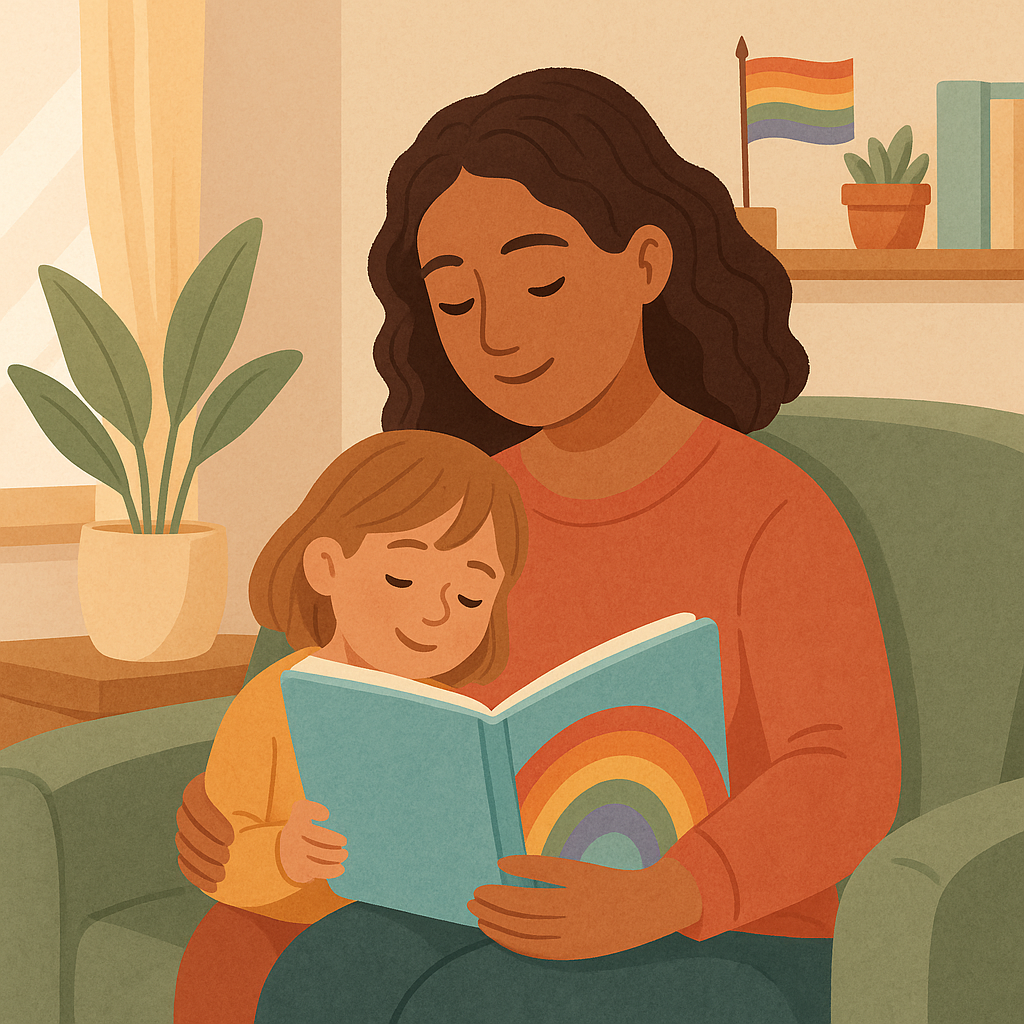If you ask any employer or organization what are some of the most critical skills a person should have, creative thinking is usually one of the top three listed. Creative thinking is not just for artists and writers. We use quite a few terms for creative thinking: creativity, divergent thinking, innovation, problem solving, etc. It is essential for the evolution of ideas, the development of processes, and the invention of technologies.
The human brain was built for creativity and novel thought. Man strives to create and solve things on every level of existence.
Creative thinking comes naturally for children. Their ability to explore, develop, synthesize, and organize new ideas is almost endless. Just as it is expressed through curiosity and novelty, it should be encouraged to flourish. The reality, too often, is that parents and teachers use techniques that hinder creative thought processes:
- Learning by rote– conforming to fixed programs of information-stuffing; gathering of information without corresponding understanding of that information. The famed educator, Dr. Nathaniel Cantor, attests that “The essential goal of the American college remains that of fact-gathering.” Yet, as educators well know, about 90% of all rote learning is forgotten within 24 hours after it has been “learned.”
- Pursuing rigid, standardized curricula– an unwavering devotion to a set of material that is focused on “catching up” with the past.
- Learning outmoded disciplines– using methods or knowledge that is irrelevant or useless by the time a student graduates or has any use for it.
- Rewarding the merely dutiful– to the penalty of the genuinely imaginative—bestowing “A’s” upon the docile little souls who write neatly, do all their homework, keep their noses clean, never argue (and promptly forget everything “learned” as soon as the grades are issued), while assigning mere passing grades and “trouble-maker” labels to the intellectually vigorous students who question the book, are skeptical of stock answers, or otherwise upset the placidity of classrooms by showing interest in subjects that goes beyond the books.
How are these practices so detrimental to creative thought?
1. They stop short of creativity
They impart information without teaching how to apply it to the creation of new ideas.
2. They train to refrain
They compel students to hold back their natural desires to create and problem solve until they have “mastered the subject”, by which time the student is accustomed to refraining from creative thought.
3. They encourage imitation
These practices are based on mimicry and recitation to the detriment of novel ideas. New ways of completing the same tasks, thinking about the same problems, or looking at the same subject are often discouraged. New tasks, problems, or subjects are not even addressed.
4. They create superficiality
They tempt the student to settle for the quickest, simplest, first-that-will-work, easiest-to-arrive-at answers that will get passing grades. Frequently, students also assume complacently that these are the final, or ultimate, answers when in reality the most that can be said for them is that they are merely the easiest-to-obtain answers of the moment in a world where answers of all sorts are forever being rendered obsolete by newer discoveries.
5. They imply a static view of learning
These methods implant the notion that creativity is for later, and that the end goal of education is the accumulation of a set of knowledge, when in all reality the proper end-purpose of education is no such static thing—it is dynamic: it is to bring about intelligent action, which is practically synonymous with creation.
—————
The results of these hindrances to creative thinking, if subdued to them for a generous length of time, is that children become quite accustomed to conformity and lazy thinking. If these tendencies are allowed to remain until adulthood, breaking free of such thought patterns can prove to be arduous and costly. It is far better to encourage the natural creative thought processes in our young so that they may have sober minds and individuality.
In my next article I will address some approaches to encouraging creative thinking in our children as well as our own lives.



